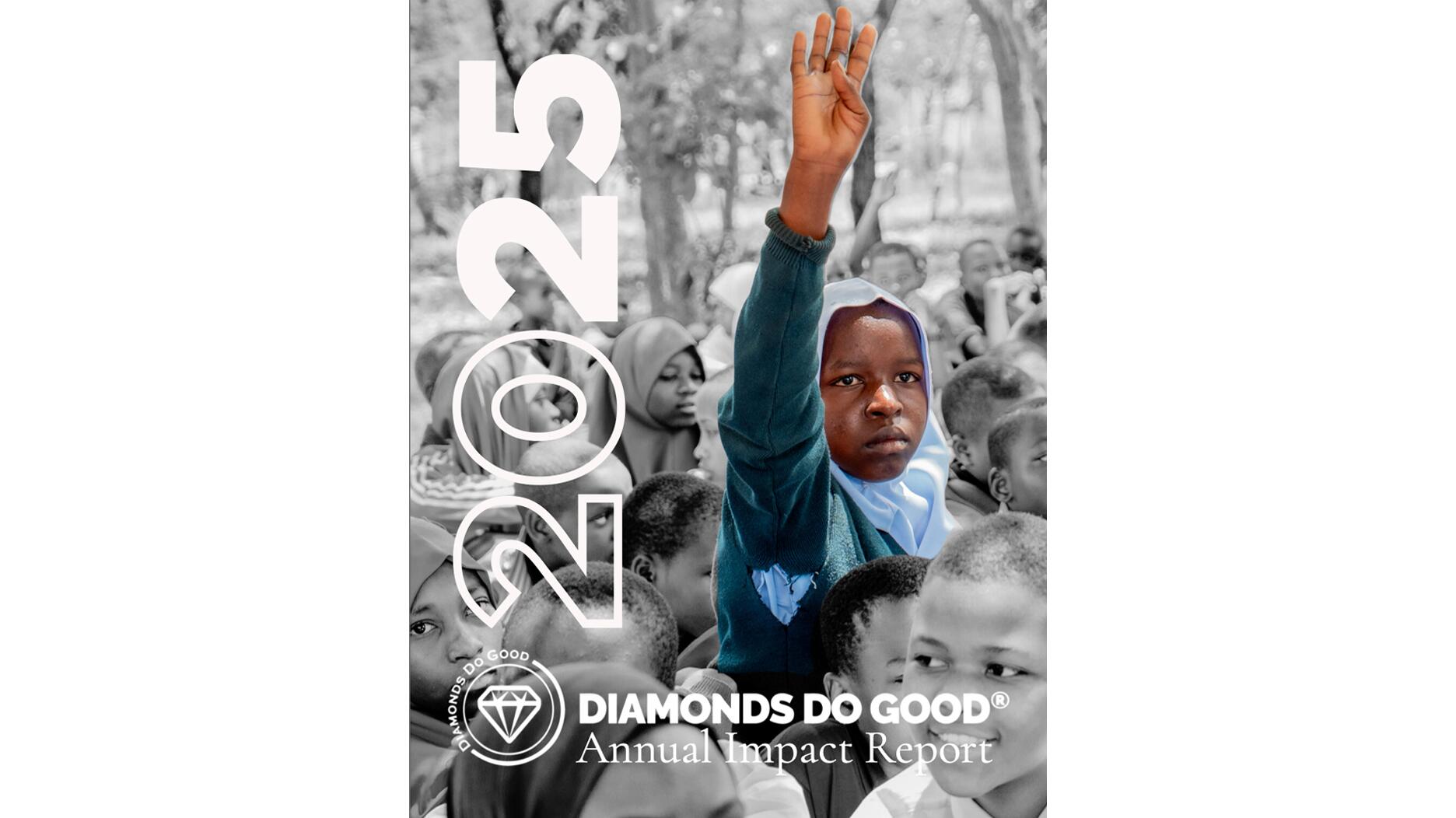A Tapestry Set with 26K Gemstones Is Making Its US Debut
Its display at the University of Tucson’s gem and mineral museum has been a long time coming.

Even if the logistics seemed to present challenge after challenge.
One look at the piece or the specifics behind it, though, and it’s not hard to see why she and the museum’s team fought so hard for it to get there and then worked so hard to get it ready.
Created by Parisian jeweler Cristofol for a royal family in the 1980s, the “The Royal Tapestry,” as it has recently been dubbed, features 26,649 total gemstones—yellow, pink, and blue sapphires, rubies, emeralds, and diamonds.
Each gemstone is calibrated to match in size and weigh about 0.5 carats each. The tapestry also features more than 100,000 hand-fabricated 18-karat gold prongs, set so smoothly “you can run silk over it, and it won’t snag,” Sergent told National Jeweler.
At 42 inches by 24 inches and weighing just over 40 pounds, it took five master artisans working for 18 months to complete it. Five years were spent sourcing and cutting the gems.
And so too did it take plenty of time to get it to its current, and temporary, home in Tucson—the University of Arizona’s Alfie Norville Gem & Mineral Museum.
It was this owner who got in touch with Sergent in 2010, initially just to show her the piece.
Then, a few years ago, the owner again came to Sergent and Eric Fritz, the manager of the Alfie Norville Gem and Mineral Museum, with interest in temporarily displaying the tapestry in the new museum.
They eventually agreed to a one-year display before COVID-19 came and wrecked the plans, as it did for many others.
Amid myriad issues stemming from trying to safely get the tapestry from Geneva to Arizona during a pandemic, the collaboration took a backseat, though Sergent said they kept working to make it happen.
The delay from the pandemic ended up being fortuitous, she noted, because then a donor came forward who wanted to help, donating thousands of dollars for a showcase, shipping, and logistics.
Originally, the plan included multiple flights and stops, resulting in a days-long trip for the tapestry.
But then Swiss Air started offering direct flights from Zurich to L.A., which meant the piece needed to take one flight from Switzerland to the West Coast before being delivered in an armored vehicle to Tucson.
So the plan came together, involving a lot of paperwork, multiple countries, and two continents—not only through Sergent, Fritz and the museum staff, the donor, and the tapestry’s owner, who is based out of country, but also the state of Arizona for insurance underwriting, the London office of logistics company Malca Amit, and customs in L.A.
After receiving it, the museum staff worked hard to prepare it for display, giving it an updated condition report and creating a special new case just for the tapestry, flooding it with light for maximum brilliance.
Needless to say, after all that, the owner realized one year on display wasn’t enough.
The tapestry will now be at the Tucson museum, where it’s officially making its U.S. debut, until at least March 2024, with the possibility of extending beyond that.
For more information about its temporary home, the Alfie Norville Gem and Mineral Museum, visit its website.
The Latest

As the shopping mall model evolves and online retail grows, Smith shares his predictions for the future of physical stores.

The trade show is slated for Jan. 31-Feb. 2 at The Lighthouse in New York City's Chelsea neighborhood.

January’s birthstone comes in a rainbow of colors, from the traditional red to orange, purple, and green.

How Jewelers of America’s 20 Under 40 are leading to ensure a brighter future for the jewelry industry.

Footage of a fight breaking out in the NYC Diamond District was viewed millions of times on Instagram and Facebook.


The supplier has a curated list of must-have tools for jewelers doing in-house custom work this year.

The Signet Jewelers-owned store, which turned 100 last year, calls its new concept stores “The Edit.”

Roseco’s 704-page catalog showcases new lab-grown diamonds, findings, tools & more—available in print or interactive digital editions.

Linda Coutu is rejoining the precious metals provider as its director of sales.

Sparkle with festive diamond jewelry as we celebrate the beginning of 2026.

The master jeweler, Olympian, former senator, and Korean War veteran founded the brand Nighthorse Jewelry.

In its annual report, Pinterest noted an increase in searches for brooches, heirloom jewelry, and ‘80s luxury.

Executive Chairman Richard Baker will take over the role as rumors swirl that a bankruptcy filing is imminent for the troubled retailer.

Mohr had just retired in June after more than two decades as Couture’s retailer liaison.

Shekhar Shah of Real Gems Inc. will serve as president of the Indian Diamond & Colorstone Association in 2026.

This year’s good luck charm features the mythical horse Pegasus, and is our first Piece of the Week of the new year.

Articles about crime, engagement rings, and a necklace worn in the World Series generated the most interest among readers.

As part of the leadership transition, Sherry Smith will take on the role of vice president of coaching strategy and development.

It marks the third time the country has headed the Kimberley Process. Ghana will serve as vice chair.

The new Bulova x Stetson designs highlight two animals often associated with the American West—the bison and the Texas Longhorn.

Its residency at Yamron Jewelers will run through May 2026.

From influential executives to innovative designers, we pay tribute to the people we said goodbye to this year.

The retailer is expanding into areas with large Indian and South Asian populations.

The Italian brand has opened its first flagship amid the peaks of the Dolomites in Madonna di Campiglio, Italy.

The new curation at the Natural History Museum of Los Angeles County showcases rare gem and mineral specimens in their uncut, natural state.

The couple pleaded guilty to concealing at least $127 million in cash transactions at its precious metals businesses.

Consumers shared concerns about prices, inflation, tariffs, trade, and politics in the survey’s write-in response section.






























